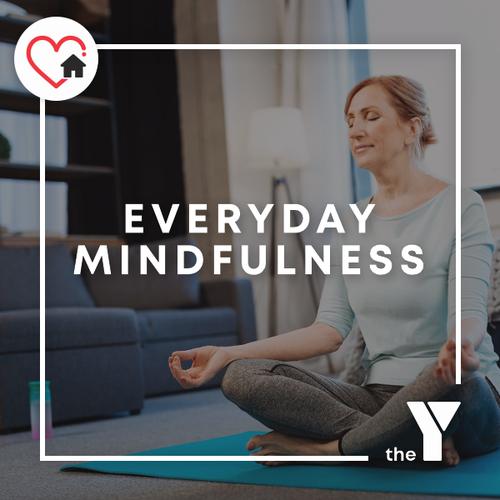What is Mindfulness by Laura Eason (Y NSW)
At times, we all struggle to stay present. This becomes even more common during stressful times, like many of us may now find ourselves in. This article will cover some information about the benefits of mindfulness, how to get started, and what to do if you’re struggling with it. Be kind to yourself, and give it a go. Your body and mind will thank you for it.
“Mindfulness means paying attention in a particular way: on purpose, in the present moment, and non-judgmentally.” – Jon Kabat-Zinn,
To put it simply, mindfulness is the practice of focusing on the present moment. Practicing mindfulness has been shown to help people cope with the challenges of everyday life.
Some of the key benefits are:
– Reduced symptoms of stress and anxiety
– Improved ability to concentrate
– Feeling more relaxed and in tune with our bodies
– Improved sleep quality
How do I do it?
There are many different ways to practice mindfulness, and there is no one size fits all.
Here are two ideas to try:
1. Everyday mindfulness
You can practice mindfulness any time of the day. Activities like walking, eating, brushing your teeth, cooking, or gardening are perfect times to give it a try. To be mindful by focusing only on the present moment and what is going on around you. Other distracting thoughts of past and future may pop in, simply notice these thoughts and then let them go gently, coming back to what is here and now.
An easy one to try if you’d like some guidance is the 5 Senses activity. You could even try this right now. Take a minute and follow the prompts.
– Notice 5 things that you can see. Look around, find something you don’t usually notice.
– Notice 4 things you can feel. Focus on the things you feel both inside and outside of your body. Such as the temperature, your closing, or the chair you are sitting on.
– Notice 3 things that you can hear. Try to notice things in the background you usually block out. Maybe you’ll hear the rain outside or the wind in the trees.
– Notice 2 things you can smell. There’s a lot of scents in our world we don’t take notice of, or sometimes block out. You might smell the food from the neighbour’s kitchen, or from the flowers in your backyard.
– Notice 1 thing you can taste. This could be the taste in your mouth, or something you are eating or drinking.
The point of all of this, is to be present. Asking yourself questions like those above are a great way to get connected with yourself and where you need to be.
2. Mindfulness meditation
Meditation is another great way to be mindful. Mindfulness mediation can be self guided, or there are plenty of apps and website that can guide you through a meditation.
If you would like to self guide, try relaxing in a quiet place and close your eyes. Try focusing on your breath, on the rhythm of the in and out, and how it feels. If you lose track, that’s okay! Keep bringing the focus back to your breathing.
If you are looking for a guided mediation, try some of the apps and resources below. These usually involve a voice recording with prompts for you to follow when focusing on breathing and other bodily sensations.
– Try the Y’s own mindfulness meditation recording here
– Smiling Mind https://www.smilingmind.com.au/
– Calm https://www.calm.com/
– Headspace https://www.headspace.com/
What if I’m struggling?
That’s perfectly normal! Mindfulness is a skill and it takes practice to get better at it. Be kind to yourself. It’s OK if your mind wanders, when you notice, re-orientate and bring yourself back. Try different methods if one isn’t working for you.
Mindfulness works in different ways for everyone. Hopefully you find your way, and discover the techniques that work best for you. Over time it is likely you will feel more relaxed, with improved concentration, and ability to cope with stress.


